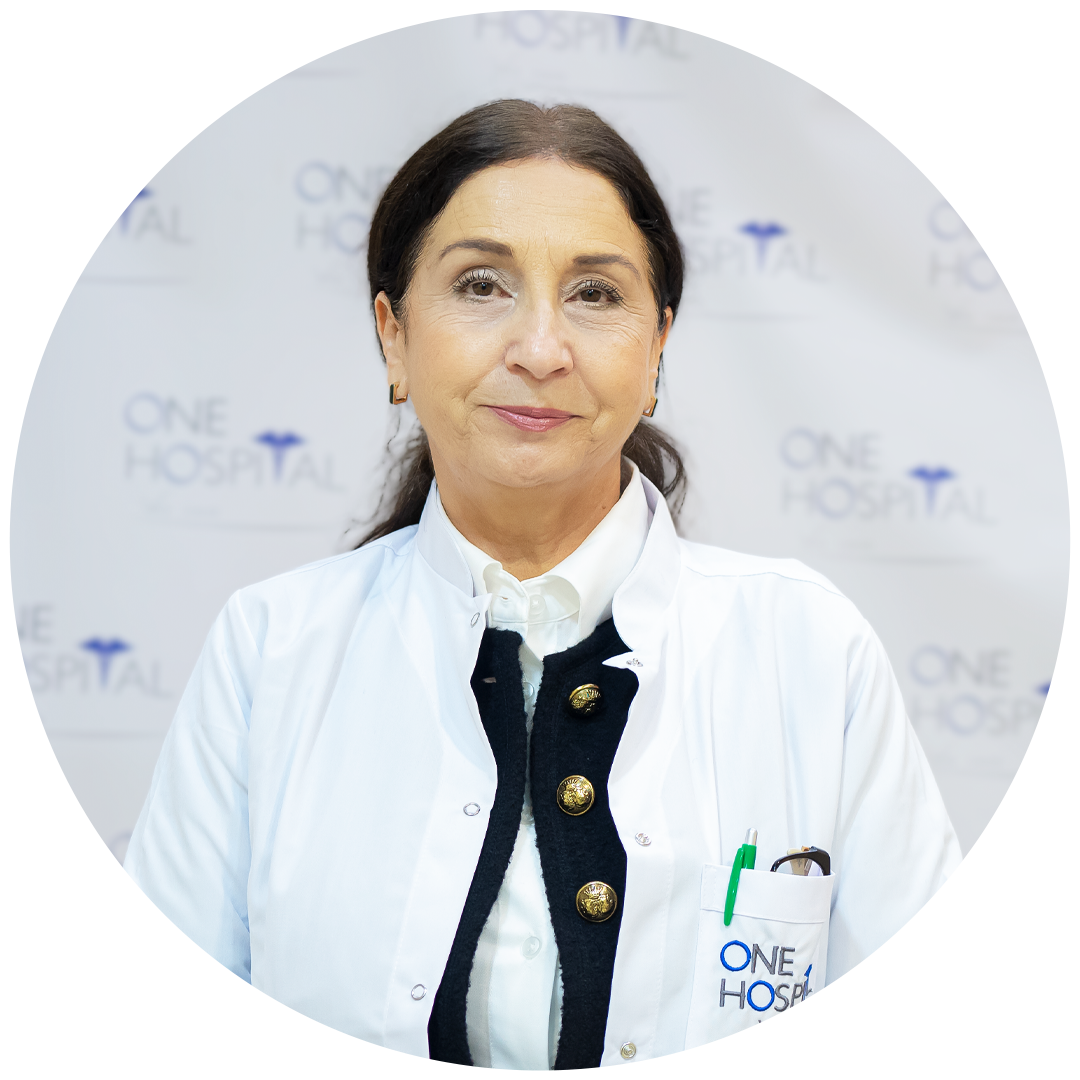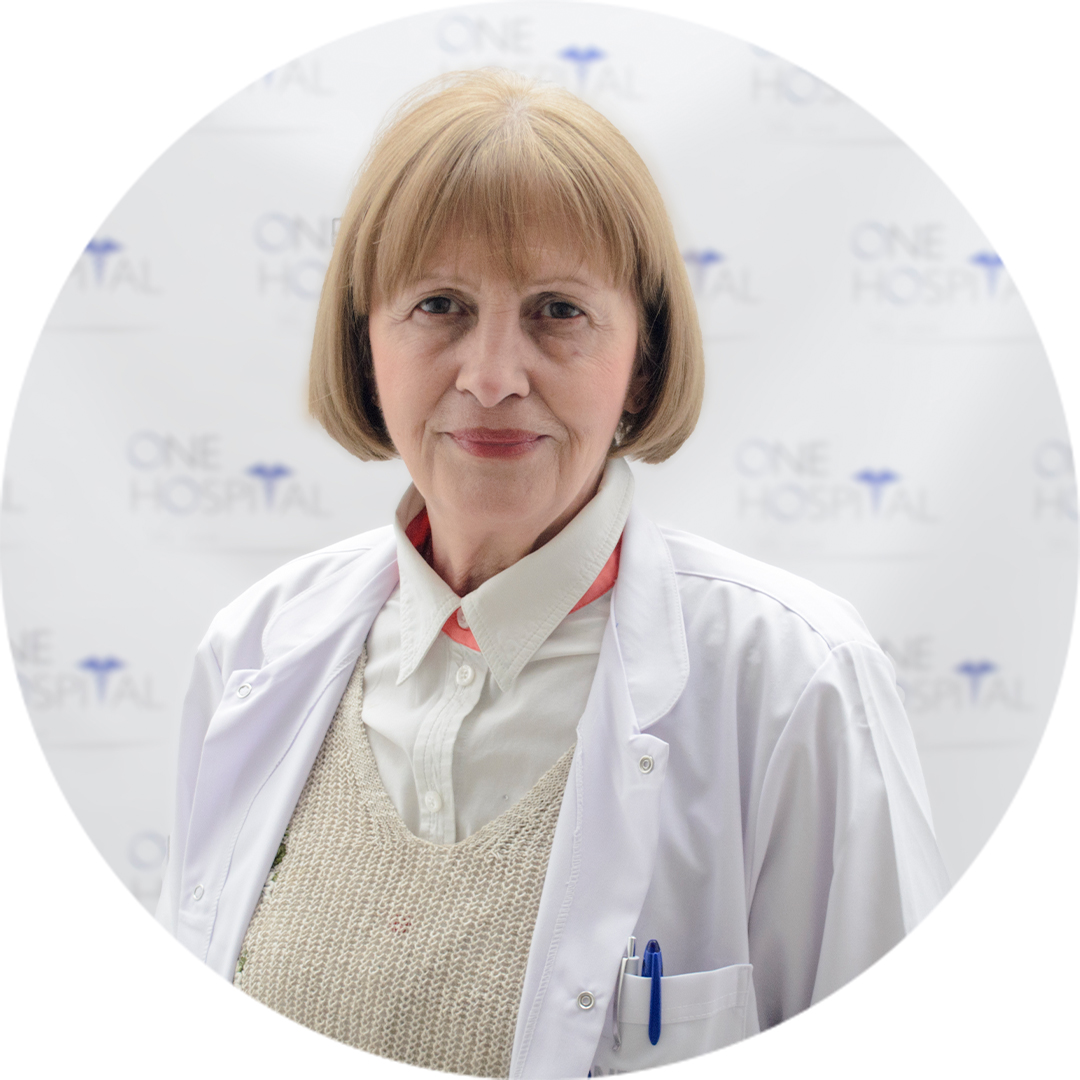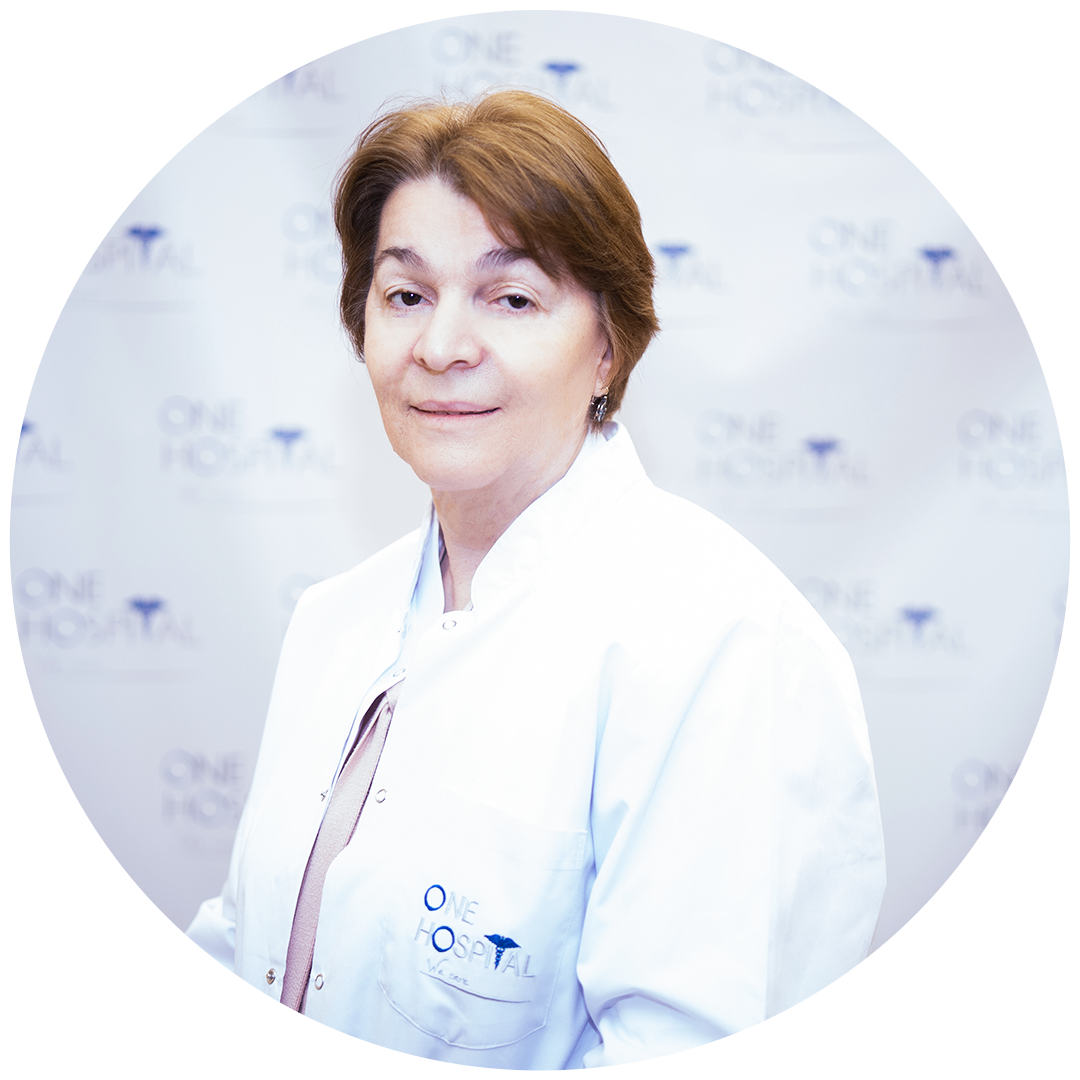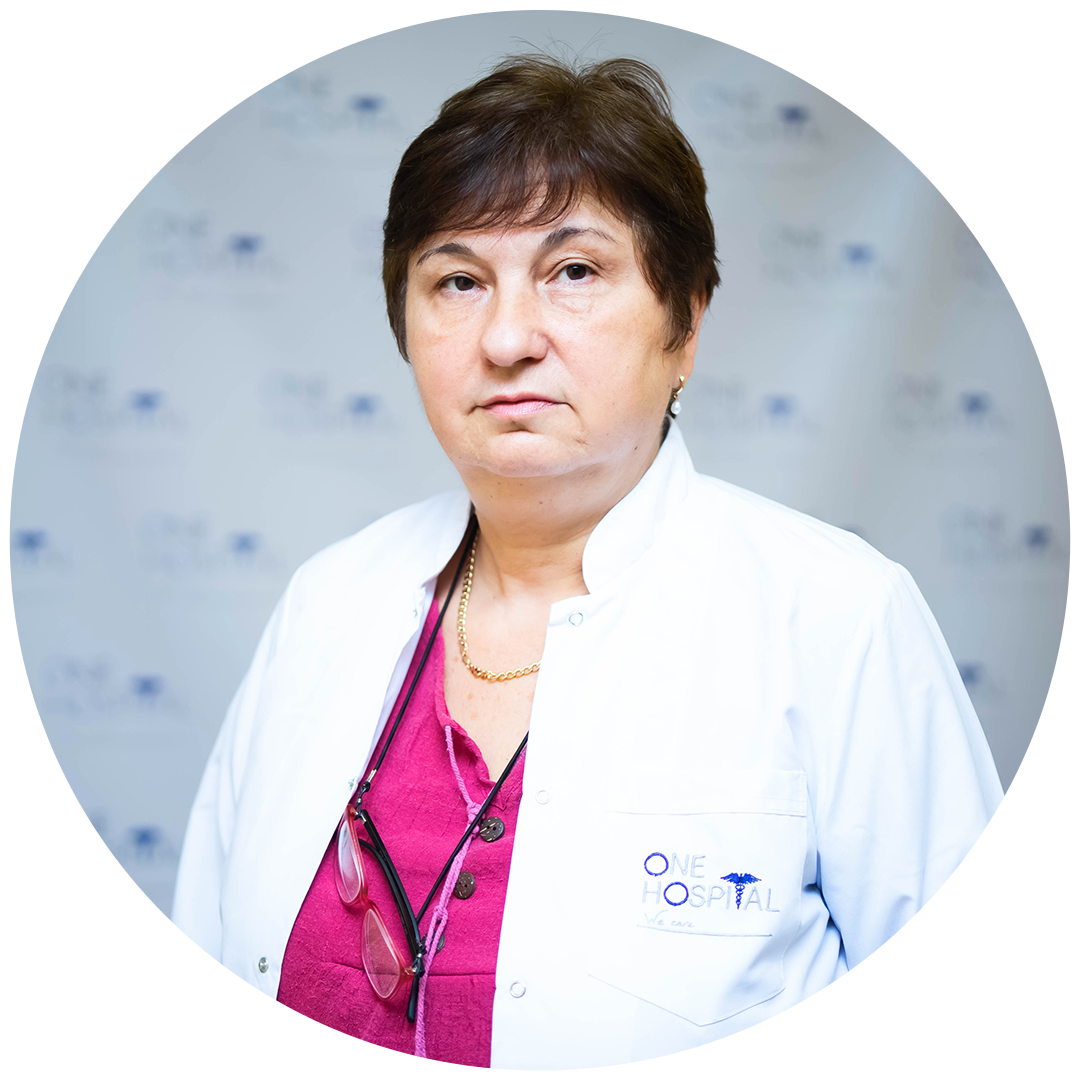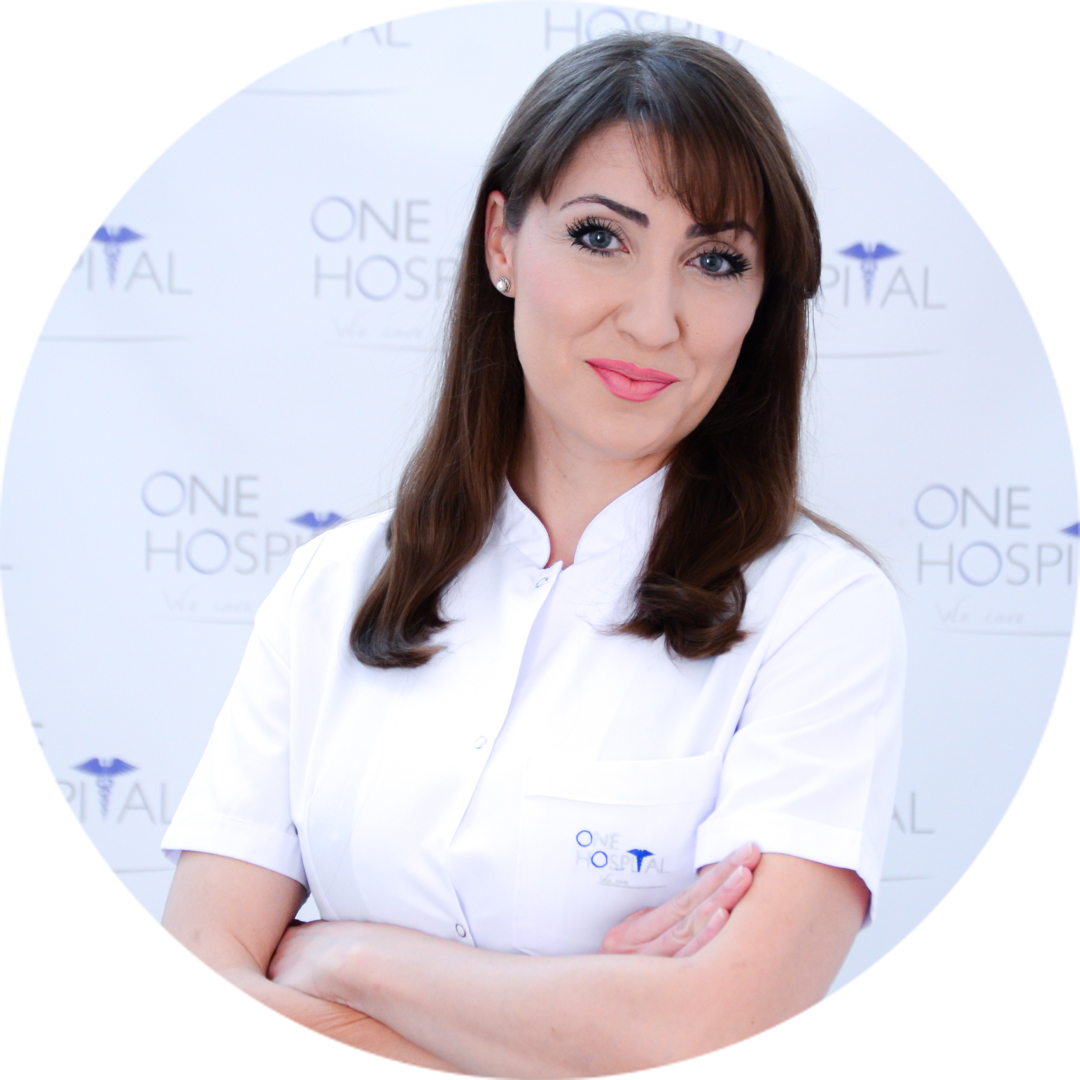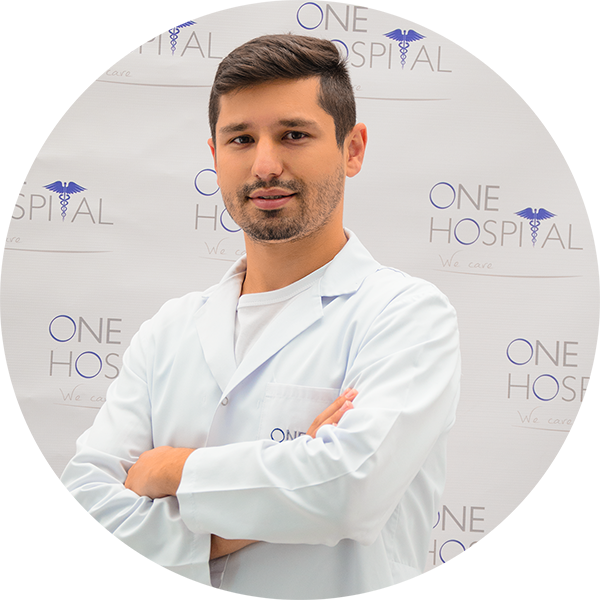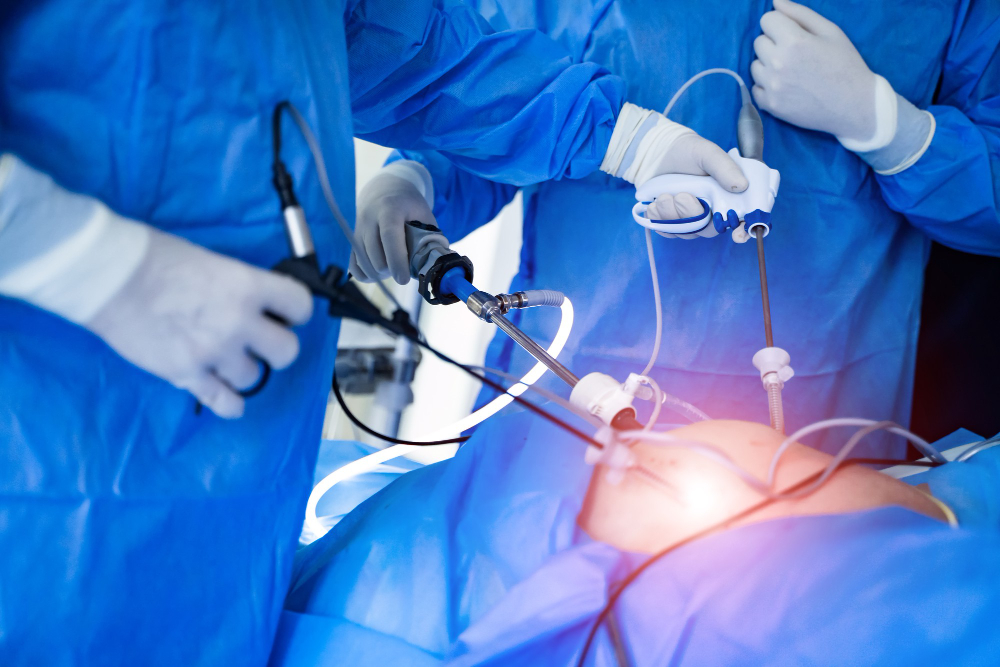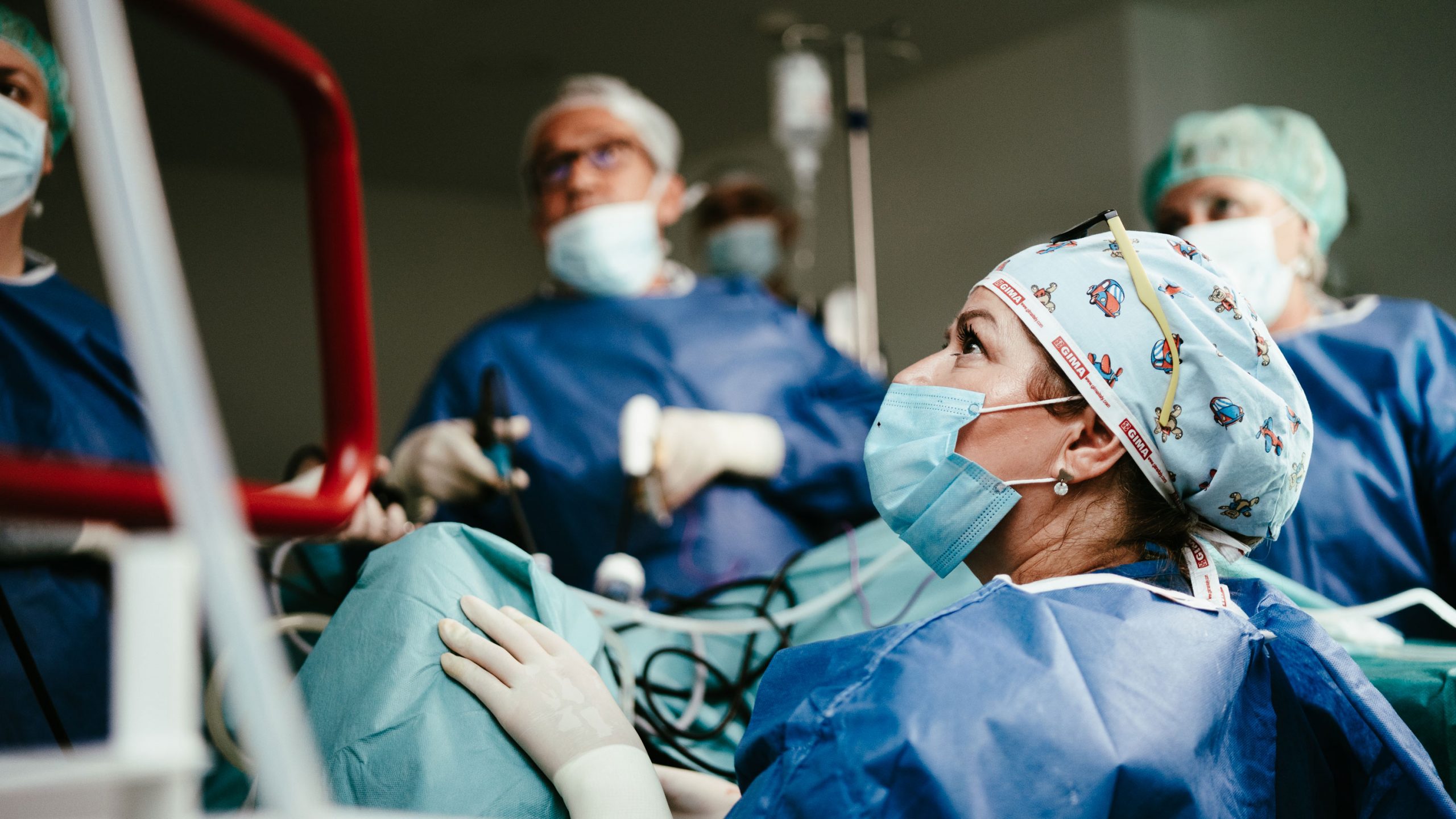Most second-trimester ultrasounds, or “level 2” ultrasounds, are done between 18–20 weeks to examine the baby’s anatomy and confirm that the baby is developing normally. Women with high-risk pregnancies may have multiple ultrasounds in their second trimester.
Glucose screening: This test checks for gestational diabetes, a short-term form of diabetes that develops in some women during pregnancy and can cause health problems for the baby, especially if it is not diagnosed or treated. You’ll drink a sugary liquid, then have a blood test an hour later to check glucose levels. It’s usually done at 24 to 28 weeks, but can be earlier if a woman is at higher risk for gestational diabetes.
Amniocentesis: This test takes a sample of the amniotic fluid that surrounds a baby to check for signs of problems such as chromosomal disorders, genetic problems, and neural tube defects. It’s usually done between 15 and 20 weeks in women who are considered at higher risk of having a baby with these disorders.
Percutaneous umbilical blood sampling (PUBS): Also known as cordocentesis, fetal blood sampling, or umbilical vein sampling, this quick test examines fetal blood directly from the umbilical cord to detect disorders in the fetus. It’s usually done after 18 weeks of pregnancy. It’s not done as often as other diagnostic tests (such as amniocentesis and chorionic villus sampling), but may be used if results from those tests are not conclusive.
What Other Tests Might Be Offered?
Health care providers might order other tests during a woman’s pregnancy based on such things as her (and her partner’s) personal medical history and risk factors. It’s important to speak with a genetic counselor if your baby is at risk for hereditary conditions.
Screening or diagnostic tests offered include tests for:
- thyroid disease
- toxoplasmosis
- hepatitis C
- cytomegalovirus (CMV)
- Tay-Sachs disease
- fragile X syndrome
- tuberculosis
- Canavan disease
Book your appointment for second-trimester screening test with Dr. Katerina Stankova (Specialist in Gynecology and Obstetrics)


